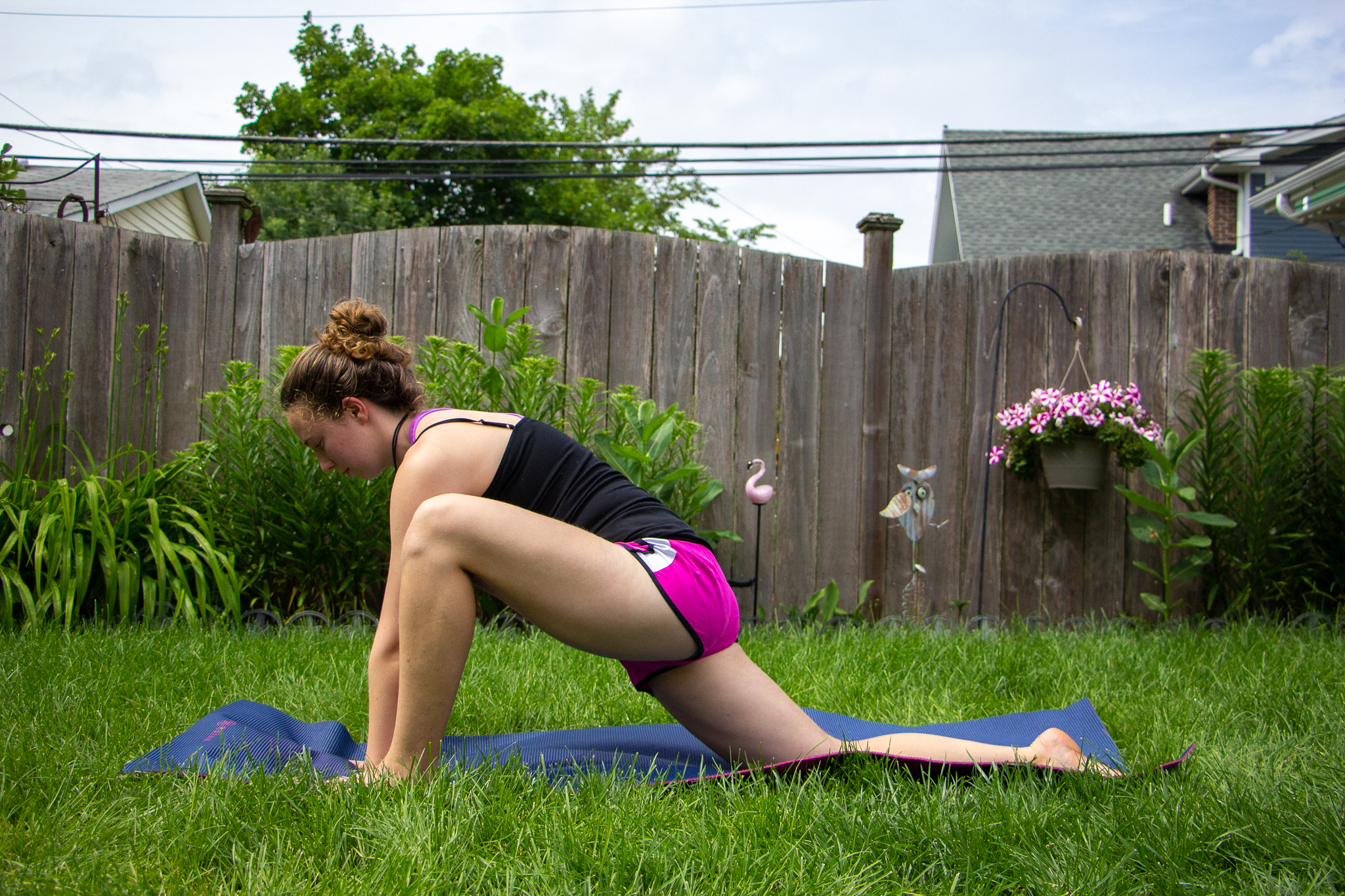Smart Fitness: How to Engage Your Brain During Exercise
I’m fortunate in that it’s fairly easy for me to fall into a fitness routine, but sometimes that routine becomes a rut. In the middle of my morning yoga practice, I’ll find myself going through the asanas without much focus. Instead of being present during a sun salutation, I’ll be thinking about the week ahead or some mindless conversation I overheard the day before. To me, this isn’t really doing yoga, but, unfortunately, this happens too often. I’m probably not alone in this frustration.
If I’m not thinking about my movements during exercise, those movements don’t seem particularly effective. Occasionally, I’ll attempt some stretches or simple floor exercises while watching TV. Afterwards, it feels like I barely did anything–even though I usually keep track of reps and try to maintain good form.
It crossed my mind that I may just be a little neurotic (and that possibility hasn’t been ruled out), but then I came across this quote by Tracy Anderson on actually using our brains when we exercise:
“The conversation has to start with our brain, which is one hell of a beauty tool: Not only can we not spot reduce problem areas (or try to strengthen, say, just our triceps), we have to keep our brains connected to the practice of exercise. […] And it hinges on our brain’s participation in the process. You can’t just work in auto-pilot—you have to fully engage.”
Now I know Anderson and her methods have received blowback for a number of reasons. Restrictive diet plans and obscenely expensive gym memberships aside, Anderson has a point—and it seems like common sense. Why should exercise be different from writing, cooking, or singing? All can be done in some sort of auto-pilot fashion, but we know that when we actively think about what we do, our blog posts, stews, and serenades are much, much better. What’s more—we learn and grow in the process in a magical way that can’t be planned for. Chances are that the experience of whatever we’re doing is better when we’re giving it our undivided attention.
(Of course, auto-pilot still requires brain power. Also, please forgive the usage of “brain” and “magical” in the same paragraph.)
How to Engage Your Brain During Exercise:
1. Challenge yourself by learning new movements—or by doing familiar movements in a different, creative order. Auto-pilot is less likely to take over when you have to figure out what to do next. Research supports that changing your routine is also good for breaking through weight loss plateaus and preventing overuse injuries.
2. Allow your body to move the way it needs to. Okay, okay—that probably seems counter to everything I’ve just said, but moving intuitively does not equal moving via auto-pilot. This is another idea snagged from Anderson. Let your entire body engage in your movement–even if you’re just “working” one part. Imagine you’re doing ballet-inspired leg lifts. Why not allow your arms to move in response to your leg? Observe how your body complements certain moves with others. This way, more of your body is active, and you’re turning on that nice brain of yours. 🙂
3. Check your alignment. In most exercises, your body has an ideal alignment. A good way to check for form is to see if your left and right sides are even. For instance, in yoga chair pose or a squat, are both of your feet evenly placed and pointed, or is one coming a few inches front and more open? Obviously, there are a lot of movements and forms that are by nature asymmetric (like a lunge), but even in those positions you can find symmetry of hips (bringing the hip of the back leg forward, and hugging back the front hip). In most cases weights should be stacked directly on top at 90 degrees (like knee directly over your ankle in a lunge).
4. Hold your core in. Every single exercise, whatever you’re working, can be made so much more challenging and effective by holding your core. This means pulling your navel to the spine, hugging your rib cages in toward one another as you contract your abdominal muscles. See? Just reading that probably engaged your brain. 😉 The more you work from a contracted core, the smaller and more flat you will develop abdominal and oblique muscles.
Are you ready to think with your body and exercise with your brain?
More fitness tips: 7 Foam Roller Stretches to Optimize Your Workout
Should You Workout Less? Signs of Overexercising
7 Ways to Break Out of Your Fitness Rut
Photos: Naama ym via Flickr





